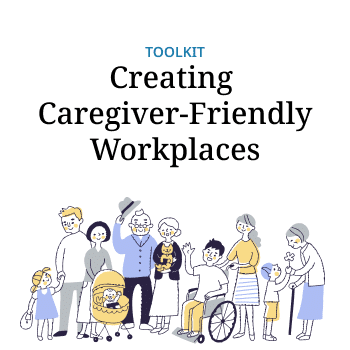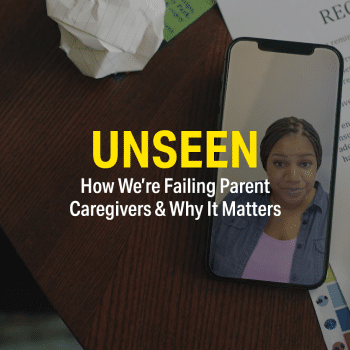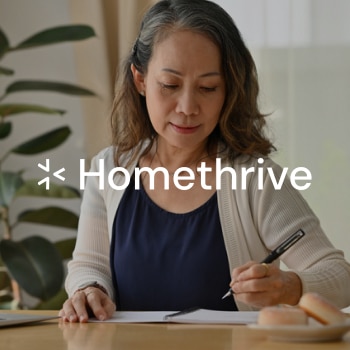Plan a thoughtful and detailed communication campaign.
A primary element of your program of benefits and policies needs to be a communication campaign that includes a major up-front push for any new initiatives, followed by regular reminders and usage examples across your entire employee communication ecosystem.
Enlist a senior executive to introduce your new caregiver benefits.
Ideally, this person can share their own caregiving story. If you can identify more than one, have a series of columns written by company leaders about their experience as a caregiver or with a caregiver. This kind of top-forward communication will go a long way to convince employees at all levels of your organization that your company is serious about supporting employee caregivers.
Add questions about caregiving to your employee survey.
To continue refining your program and ensuring that it’s meeting the needs of your employees, add several questions to your employee survey to give you a regular status report. These questions also serve to publicly reaffirm your commitment to employee caregivers.
Use the words “caregiver” and ”caregiving.”
Be explicit in your communication, using the words “caregiver” and “caregiving” to be clear in your support for this segment of your workforce. And as with all your benefits, it’s important to train and remind your managers and supervisors that caregiver support is not just lip service.
Update your employee handbook.
Add a new section to your employee handbook that details the new benefits and how employees can take advantage of them.
Publish introductory guides and articles in newsletters and other benefit communications.
To attract attention, use specific caregiving scenarios with compelling titles. These can provide valuable advice and serve as a compassionate voice that also makes non-caregiving employees aware of what their co-workers may be going through. They’re also a way to remind employees of the caregiving benefits available to them.
Create a caregiving benefits portal and keep it updated.
On your benefits website, employees should be able to learn about your entire package of benefits and services. This portal should make it exceptionally easy for employees to take advantage of the benefits, reducing as much friction as possible. Assign someone the job of checking every week or month that all links and connections work as intended, to avoid discouraging or frustrating an employee who is unable to access a benefit due to a broken or outdated link.
Hold lunch-and-learn meetings.
Especially if lunch is included, these are a good way to communicate your new program of caregiver support.
For the Q&A session, a best practice for large groups is to enable anonymous, public sharing of questions — such as through phones or laptops connected to your room screen. This will benefit all employees in attendance, including those with the same questions who are too scared to ask, and those who may be enlightened by questions that had not occurred to them.
These meetings can also be a way to recruit new members to your caregiver employee resource group and poll the audience for topics to address in future meetings and communication. Learnings from these meetings can be converted into articles, infographics and other content for your company newsletter and benefit portal.






